Chevrolet Dumps 6.2-Liter V8 Into 'Premier Plus' Editions of Tahoe, Suburban

Last year, Chevrolet introduced Rally Sport Truck (RST) variant of the Tahoe. Effectively an appearance package for the body-on-frame SUV, it also opened the door for a performance package containing General Motors’ Magnetic Ride Control, a 420-horsepower 6.2-liter V8, and the 10L80 10-speed automatic transmission. The company did the same for the Suburban a short time later.
According to the manufacturer, people love the engine more than their own children. As a result, Chevrolet wants to expand its availability while it makes a little heaping mounds of money on the side. For 2019, Chevy adds the motor to the Premier Plus special editions of the Tahoe and Suburban — which represent a half-step in luxury above the standard Premier trims, but a giant leap in overall price.
“Our customers have shown strong demand for both Tahoe and Suburban with the 6.2L V-8 option,” said Sandor Piszar, director of Chevrolet Trucks Marketing and Advertising. “Thirty-six percent of all Chevy full-size SUV special edition models are now sold with this engine. Premier Plus gives both Suburban and Tahoe customers another option to choose from with several added premium touches.”
GM claims the Premier Plus editions feature meaningful interior upgrades, like distinctive heated and ventilated leather-appointed front seats, two-tone interior colors, power steps, a head-up display, 8-inch touch screen. However, most of that equipment can be found on the standard Premier trim. The truly unique stuff is the additional badging, gold Chevy logo, and 22-inch wheels that are specific to the special edition models.
What you are really shelling out the big bucks for is that engine, and it doesn’t come cheap. The standard Tahoe, in Premier guise, starts at $63,895 before destination. For the Suburban, it comes to $66,595 with the 5.3-liter EcoTec3 equipped. But the 6.2-liter Premier Plus will set you back $74,100 for the Tahoe and $76,900 on the Suburban (plus a $1,295 destination fee). That’s a lot of money for what is basically an engine upgrade.
While that cash does take you from 355 hp and 383 lb-ft of torque (with a six-speed) to 420 horsepower and 460 lb-ft of torque (with a 10-speed), we’re not sure ten grand is a bargain unless that grille ornament is made of real gold. We’re absolutely positive people will still buy these vehicles, however. Denali has already proven that GMC can use special luxury trims to print money for itself.
Chevrolet is clearly expecting strong sales. It claims the first 5,000 customers to order either of the special editions through a Costco member incentive can save $4,500 off the price. We imagine that still leaves General Motors with a tidy profit, even before customers tack on optional extras.
[Image: General Motors]

A staunch consumer advocate tracking industry trends and regulation. Before joining TTAC, Matt spent a decade working for marketing and research firms based in NYC. Clients included several of the world’s largest automakers, global tire brands, and aftermarket part suppliers. Dissatisfied with the corporate world and resentful of having to wear suits everyday, he pivoted to writing about cars. Since then, that man has become an ardent supporter of the right-to-repair movement, been interviewed on the auto industry by national radio broadcasts, driven more rental cars than anyone ever should, participated in amateur rallying events, and received the requisite minimum training as sanctioned by the SCCA. Handy with a wrench, Matt grew up surrounded by Detroit auto workers and managed to get a pizza delivery job before he was legally eligible. He later found himself driving box trucks through Manhattan, guaranteeing future sympathy for actual truckers. He continues to conduct research pertaining to the automotive sector as an independent contractor and has since moved back to his native Michigan, closer to where the cars are born. A contrarian, Matt claims to prefer understeer — stating that front and all-wheel drive vehicles cater best to his driving style.
More by Matt Posky
Latest Car Reviews
Read moreLatest Product Reviews
Read moreRecent Comments
- Fed65767768 Good Christ, no.CP.
- Kwik_Shift_Pro4X The main advice I've heard is to stay away from the BMW engine.
- Rna65689660 For Los Angeles, this is super cheap housing. For it surely will be not going anywhere very often. Park it at Wallyworld for 3 days, then move to the next lot.
- MaintenanceCosts This is half a car, because half the time it will be in the shop.
- Mm3 ^^^ Sounds like a bunch of dudes who have never owned a Land Rover/Range Rover



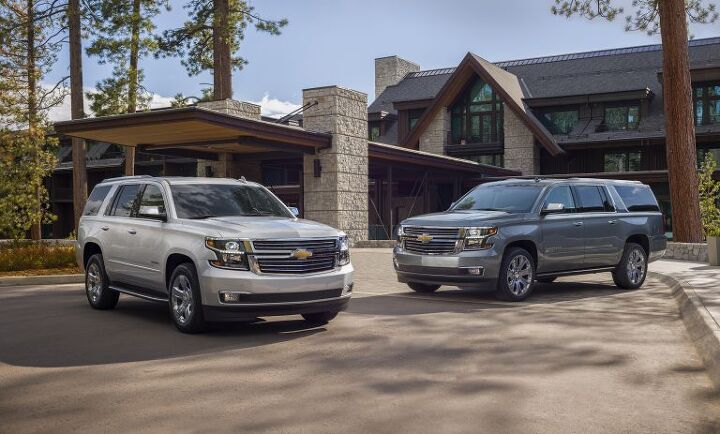











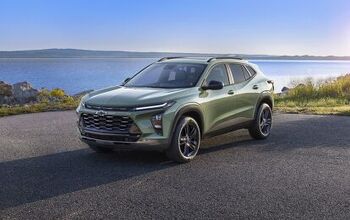



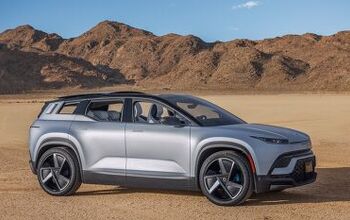
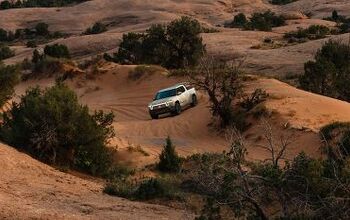

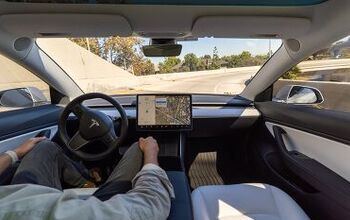
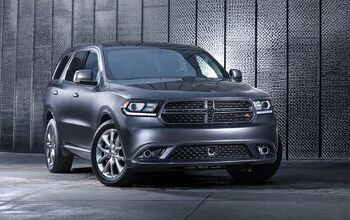


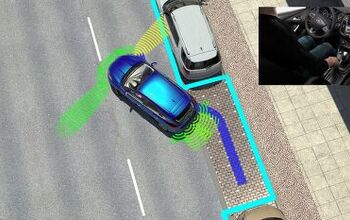

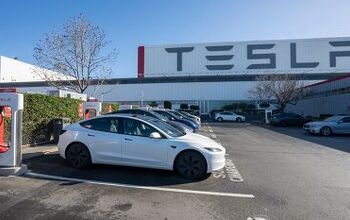
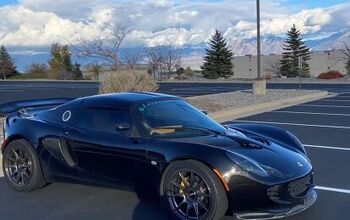
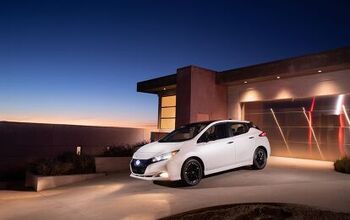
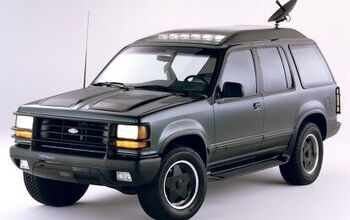
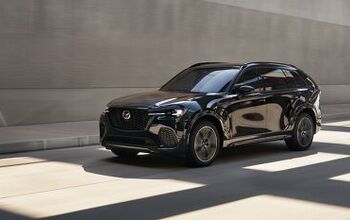
Comments
Join the conversation
Ford sells lots of F-series with EcoTech V-6s and RAM may sell more Pentastar V-6s than Hemis. Someone must care about weenie motors.
You guys kill me - yeah, those tiny engines (you know, the ones with 500 lb/ft of torque at 1800 rpm) are nothing more than a commie plot! Can't wait for the next episode of Sacha Baron Cohen's "Who is America" - I'll finally get to see what some of the more strident members of the TTAC B&B look like in the flesh.